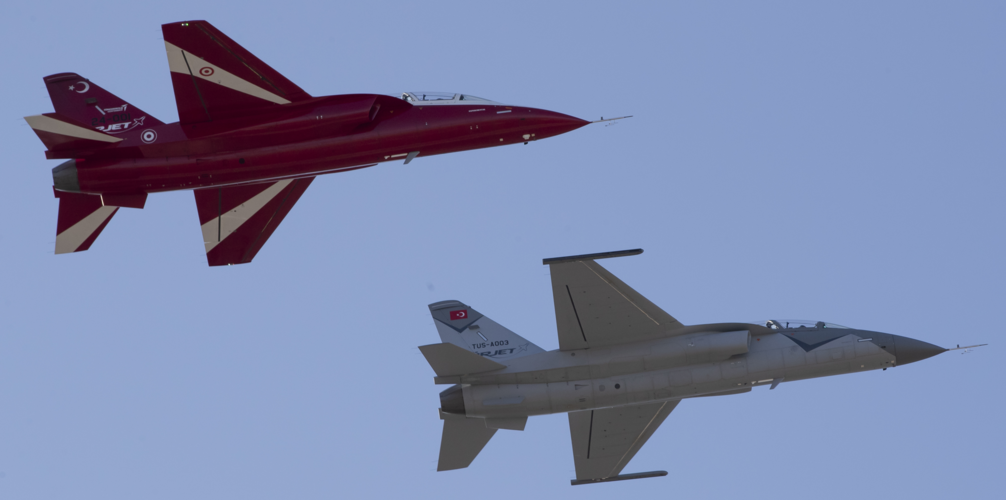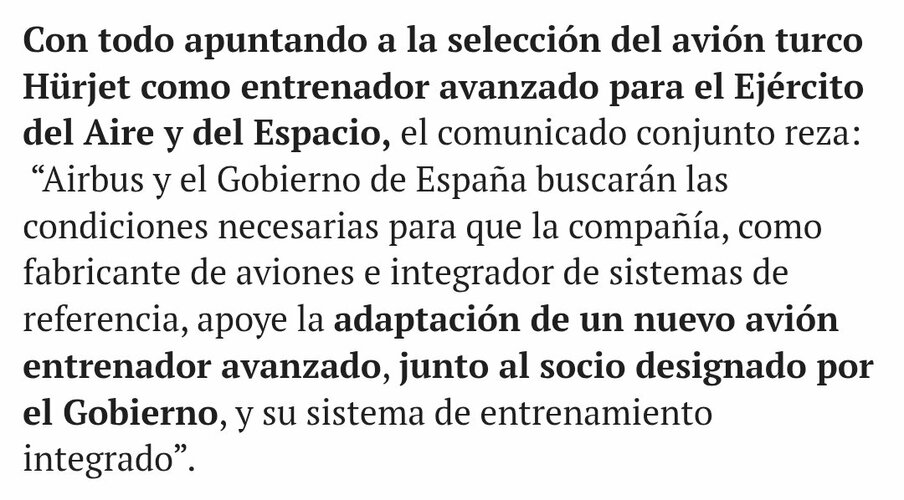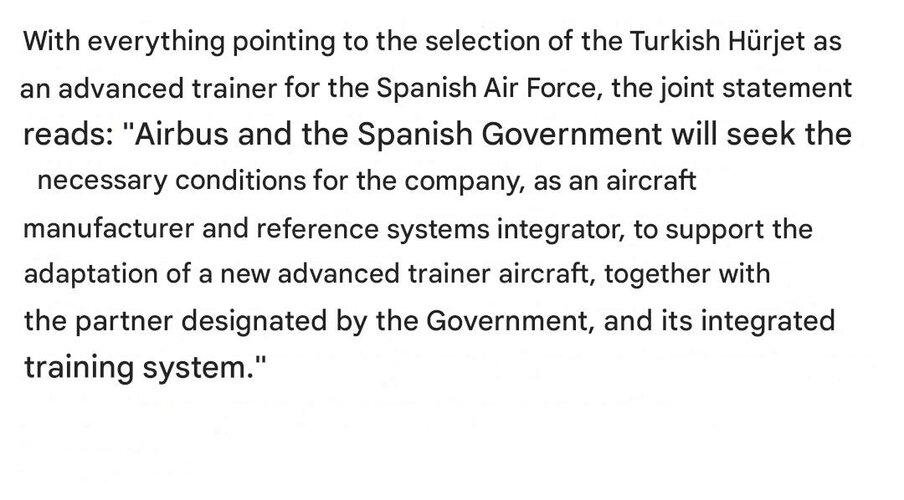- Joined
- 15 July 2020
- Messages
- 1,482
- Reaction score
- 4,563

The HÜRJET Jet Trainer, produced by Turkish Aerospace, has taken another historic step as its two prototypes met in the skies. The momentous flight was accompanied by the commanders of the Turkish and Spanish Air Forces.
Developed by Turkish Aerospace, HÜRJET—Turkey’s first Jet Trainer—has once again made history. As flight tests continue with two different prototypes, the HÜRJETs performed a formation flight, marking a significant milestone. Commander of the Turkish Air Force General Ziya Cemal Kadıoğlu and Air General Francisco Braco Carbó, Chief of Staff of the Spanish Air and Space Force participated in this historic flight.
Prior to the flight, General Kadıoğlu and his Spanish counterpart visited Turkish Aerospace’s Kahramankazan facilities. During the visit, Turkish Aerospace CEO Dr. Mehmet Demiroğlu provided a briefing on the company’s ongoing projects and operations. The agenda also included the historic HÜRJET formation flight.
As part of this significant event, General Ziya Cemal Kadıoğlu piloted the first prototype of HÜRJET, while General Francisco Braco Carbó took the controls of the second prototype. During the approximately 25-minute formation flight, both commanders experienced HÜRJET’s superior maneuverability and advanced flight capabilities firsthand.
HÜRJET’S MASS PRODUCTION CONTINUES
Designed and developed by Turkish Aerospace engineers, the HÜRJET Jet Trainer plays a critical role in training pilots for 5th-generation fighter jets, thanks to its high performance and advanced avionics capabilities. With its extensive mission spectrum, including modern fighter transition training and aerobatic maneuvers, HÜRJET stands out as a strategic player in the global aviation industry. The HÜRJET Jet Trainer is expected to enter the Turkish Air Force inventory in 2026.

HÜRJET MEETS THE SKY WITH TWO PROTOTYPES. FLIGHT WAS ACCOMPANIED BY THE COMMANDERS OF THE TURKISH AND SPANISH AIR FORCES - TUSAS
HÜRJET MEETS THE SKY WITH TWO PROTOTYPES. FLIGHT WAS ACCOMPANIED BY THE COMMANDERS OF THE TURKISH AND SPANISH AIR FORCES



